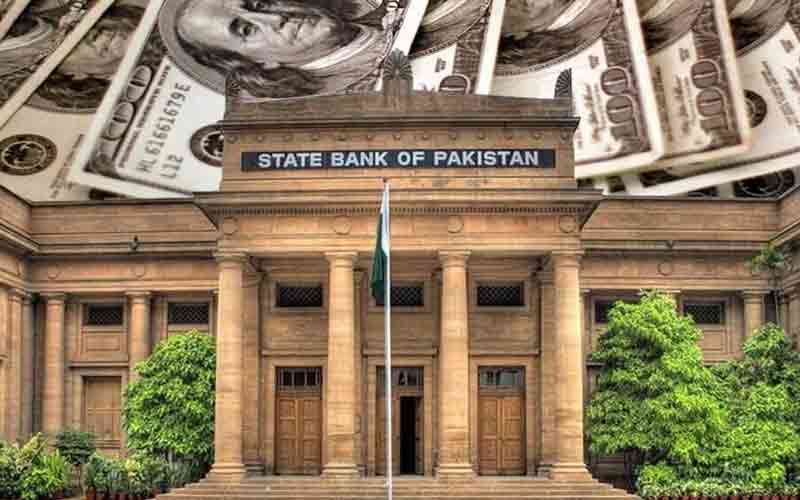KARACHI – The SBP reserves have reached a major milestone, crossing $14.51 billion by the end of Fiscal Year 2024-25. This is a sharp rise of $5.12 billion compared to the previous year.
The State Bank of Pakistan confirmed this figure in a statement on June 30. The number surpasses the $13.9 billion target set by the International Monetary Fund (IMF). One year ago, on the same date, SBP reserves were at $9.39 billion.
The increase highlights stronger external account management and the successful realization of planned inflows. While the SBP did not give an exact reason for this large growth, it had earlier shared some key developments.
According to last week’s report, Pakistan secured $3.10 billion in commercial loans. Another $500 million came from multilateral lenders. This played a vital role in boosting the SBP reserves.
Earlier in June, there was a sharp dip of $2.66 billion in the reserves due to external debt repayments. This was the second-largest weekly fall on record.
However, China came to Pakistan’s aid just in time. Over the weekend, Beijing rolled over $3.4 billion in loans. This included a $1.3 billion commercial loan previously repaid by Islamabad. China also extended $2.1 billion that had been lying in SBP reserves for the past three years.
“This is the highest weekly increase,” said Awais Ashraf, Director of Research at AKD Securities. He added that Pakistan has now fulfilled the IMF’s condition to maintain SBP reserves above $13.9 billion by June 30, 2025.
Ashraf noted that these reserves are sufficient to cover about 2.5 months of imports. He also predicted that by June 2026, Pakistan’s SBP reserves may cross $17 billion. This would be driven by strong remittances and lower interest payments.
Two years ago, Pakistan was facing a dire foreign exchange crisis. Reserves had dropped so low that they could only cover one month of imports. To prevent default, the government secured a $3 billion short-term bailout from the IMF.
It also took strict measures—cutting imports and allowing more exchange rate flexibility.
Commenting on the situation, Mohammad Sohail, CEO of Topline Securities, said that the recent rise in SBP reserves reflects sound policies. He credited better exports, higher remittances, and guidance under the IMF’s program.
Another major factor was the SBP’s dollar purchases from the interbank market. Between June 2024 and March 2025, the central bank bought $6.8 billion from the market. This shows that foreign exchange was available in the system and being managed well.


